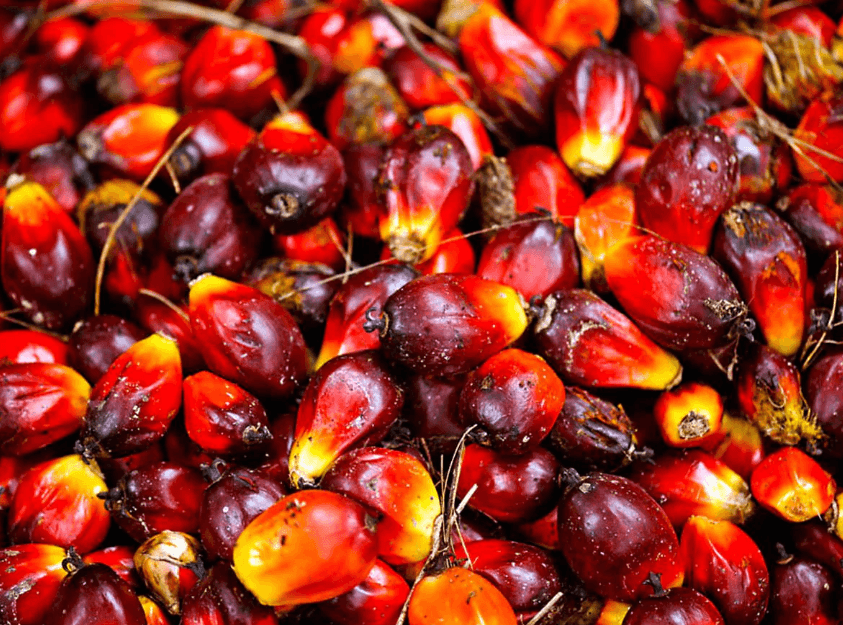Cote d'Ivoire, known for its rich cultural heritage and natural wonders, takes pride in a unique treasure – the Cote d'Ivoire National Fruit. This national fruit not only paints the landscape with vibrant hues but also holds a special place in the hearts and palates of its people. In this article, we delve into the captivating world of the red palm fruit, exploring its botanical marvel, nutritional prowess, health benefits, cultural significance, and sustainable role in the nation's history.
The Significance of Cote d’Ivoire National Fruit
The red palm fruit, scientifically known as Elaeis guineensis, stands as a symbol of the country's natural abundance and cultural identity. Its striking appearance and versatility have made it a staple in both traditional cuisines and modern gastronomy.
A Closer Look at the Cote d’Ivoire National Fruit
The Botanical Marvel
The red palm fruit's distinctive reddish hue and elliptical shape make it a standout in the botanical world. It thrives in the tropical climate of Cote d'Ivoire, where ample sunlight and nutrient-rich soil contribute to its vibrant color and exceptional taste.
Culinary and Cultural Importance
From family gatherings to festive celebrations, the red palm fruit takes center stage in Ivorian cuisine. Its incorporation into dishes symbolizes unity, abundance, and ancestral ties, creating a strong cultural bond among generations.
Nutritional Value of the Cote d’Ivoire National Fruit
Rich Source of Antioxidants
The red palm fruit boasts a high concentration of antioxidants, including carotenoids and tocotrienols, which combat oxidative stress and support overall well-being.
Essential Vitamins and Minerals
Abundant in vitamins A and E, the red palm fruit promotes healthy vision, skin, and immune function. It also contains essential minerals like potassium, magnesium, and phosphorus, vital for maintaining bodily functions.
Health Benefits of Consuming Red Palm Fruit
Heart Health and Cholesterol Control
Consuming red palm fruit can contribute to heart health by reducing cholesterol levels and promoting healthy blood circulation, ultimately lowering the risk of cardiovascular diseases.
Skin Nourishment and Anti-Aging
Vitamin E-rich red palm fruit aids in skin nourishment and protection against UV damage, enhancing skin elasticity and slowing down the aging process.
Immune System Boost
The combination of vitamins, minerals, and antioxidants in red palm fruit strengthens the immune system, helping the body fend off illnesses and infections.
The Role of Red Palm Fruit in Cote d’Ivoire’s History
For centuries, the red palm fruit has played a pivotal role in the nation's history, contributing to livelihoods, trade, and cultural practices. Its journey from ancient times to modern-day stands as a testament to its enduring importance.
Sustainable Harvesting and Environmental Impact
Efforts to ensure sustainable harvesting of red palm fruit have gained momentum, aiming to preserve both the precious fruit and the delicate ecosystem it thrives in. Sustainable practices promote biodiversity and protect the habitat of diverse wildlife.
Incorporating Cote d’Ivoire National Fruit into Your Diet
Traditional Recipes and Culinary Delights
Explore the traditional Ivorian recipes that celebrate the red palm fruit's unique flavor and texture, from hearty stews to delectable desserts.
Contemporary Uses in Gastronomy
Renowned chefs and food enthusiasts worldwide are discovering innovative ways to incorporate red palm fruit into contemporary dishes, adding a touch of exotic flair to global culinary trends.
Frequently Asked Questions (FAQs)
1. Is the red palm fruit exclusive to Cote d'Ivoire?
No, while Cote d'Ivoire holds cultural significance for the red palm fruit, it can also be found in other tropical regions.
2. How does red palm fruit contribute to the local economy?
Red palm fruit cultivation and trade provide employment opportunities and contribute to the country's agricultural exports.
3. Can red palm fruit consumption replace the need for vitamin supplements?
While red palm fruit offers valuable nutrients, a balanced diet is essential, and consultation with a healthcare professional is advised.
4. What is the best way to select and store fresh red palm fruit?
Opt for fruits with rich color and avoid signs of spoilage. Store them in a cool, dry place to prolong freshness.
5. How can I support sustainable red palm fruit harvesting?
Choose products that adhere to sustainable sourcing practices, promoting ethical and eco-friendly production methods.
Conclusion
The red palm fruit, Cote d'Ivoire's cherished gem, captivates not only with its visual allure but also with its nutritional bounty and cultural significance. As it continues to grace the nation's tables and find its way onto international platters, its legacy as a symbol of unity, health, and sustainability grows stronger. Embracing the red palm fruit means embracing a piece of Cote d'Ivoire's vibrant history and promising future.
References
- "Elaeis guineensis." Plants of the World Online, Kew Science. Link
- Mancini, M., Persson, X.M. and Agostoni, C. (2017). "Food consumption in relation to micronutrient intake and status among adolescents in the Côte d'Ivoire." Food & Nutrition Research, 61(1), 1371557. Link
- Fagbemi, S., Uchegbu, U., Mundi, S. and Adebowale, A. (2010). "Effect of soaking, cooking and fermentation on composition, in vitro starch digestibility and sensory characteristics of plantain (Musa paradisiaca)-based dishes." African Journal of Food Science, 4(6), 389-395. Link
